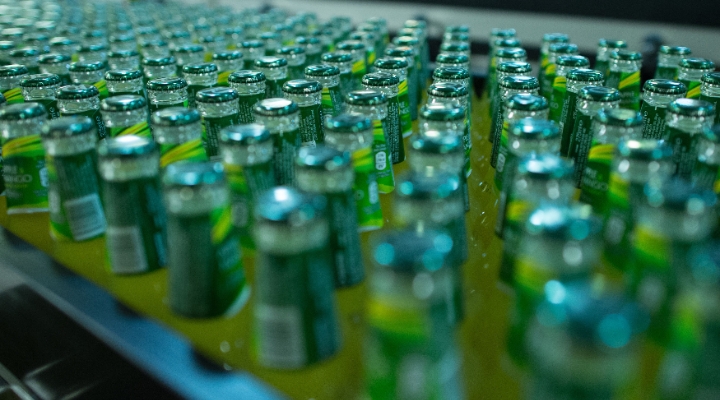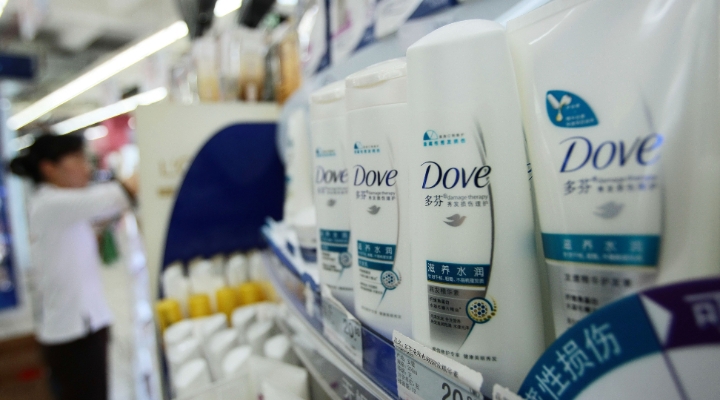
Earnings season is fast approaching for the UK’s biggest dividend paying stocks. This is usually a significant quarter for income investors because companies often signal their payout intentions for the rest of the year. The broader outlook for the next quarter for UK stocks is covered in detail here.
One company that has already updated the market is Burberry (BRBY), whose shares slumped as the luxury stock warned on profits and replaced its chief executive with immediate effect. Morningstar analyst Jelena Sokolova lowered the fair value estimate for Burberry, although shares are still undervalued according to these metrics. UK fund exposure to Burberry is also covered in detail in this article.
One key part of the market update was crucial for income investors: Burberry won’t pay its final dividend, which is usually distributed in August. That means the stock gets relegated from our monthly screen.
Recent Dividend Payments:
• WPP
• Unilever
• Coca-Cola HBC
Five of our high-yielding dividend payers report next week: four on July 25, British American Tobacco (BATS), BT (BT.A), Lloyds Banking Group (LLOY) and Unilever (ULVR), with Reckitt Benckiser (RKT) reporting the day before. Despite the wide variety of sectors on show, there will be some similar themes: in the case of consumer-facing companies, whether inflation's fall is changing behaviour, and for banks, whether continuing high interest rates are increasing default rates among customers of mortgages and loans.
Upcoming Dividend Payments
Q3 has just started and dividend investors can expect the following payments in the coming months: British American Tobacco makes a quarterly payout on August 2, followed by Imperial Brands (IMB) and BT. Unconfirmed payouts include Schroders (SDR), Lloyds, and Reckitt, all of which paid out in September 2023. GSK (GSK) pays its quarterly dividend on October 10, while Diageo and medical device firm Smith & Nephew are due to make their usual half-year payments in October or November – although the dates have yet to be confirmed.
BATS has a regular schedule of dividend payments this year, of four equal quarterly instalments of 58.88p in May 2024, August 2024, November 2024 and February 2025.
Another stock on the quarterly schedule is GSK. While the October payout is yet to be confirmed, investors should expect between 14p and 16p per share. The last quarter’s dividend was 15p per share and in the last financial year investors received a total of 58p in payments of 14p, 14p, 14p and 16p.
All but one of our companies will update the market in the following weeks, as the table shows. If there’s any dividend news, this will be included in the next update in August.
Chasing Dividend Yields
In a recent analysis of the income prospects for European insurance stocks, Morningstar analyst Henry Heathfield made some comments on yield that are applicable to the wider UK market. This seems particularly pertinent given Burberry's decision to scrap its next payout. While the main table above is sorted by forward yield, there are other factors in play, such as economic moat, capital returns and whether the stock is overvalued or undervalued.
"In searching for dividends there is a tendency to search solely for yield. A high yield should provide good income, but that may only be for one year. High yield says nothing of staying power. When selecting a company and its stock for yield, we think persistency is as important as yield," he says.
"In constructing our dividend shortlist, we look for the most obstinate payers based on history and combined with those with the most obstinate capacity to maintain their yield. We rule out companies that have omitted their dividends 10% or more of the time, arguing that that shows poor capital management over history."
Recent Coverage on Dividends
Every month the best-performing UK and eurozone dividend stocks are revealed, and the latest in the series includes second-quarter performance.
Morningstar investment specialist Susan Dziubinski has looked at the top 10 US dividend stocks.
Methodology for Dividend Stock Screen
To make it on to our monthly list, FTSE 100 companies need now to have a Narrow or Wide Morningstar Economic Moat Rating, pay a dividend, and have a forward yield of 3% or more. This is below the Bank of England base rate, which still stands at 5.25%. We changed our methodology in 2022, introducing a hurdle of 3%. For the Morningstar Dividend Yield index: for the equity portion, Morningstar uses the forward dividend yield































